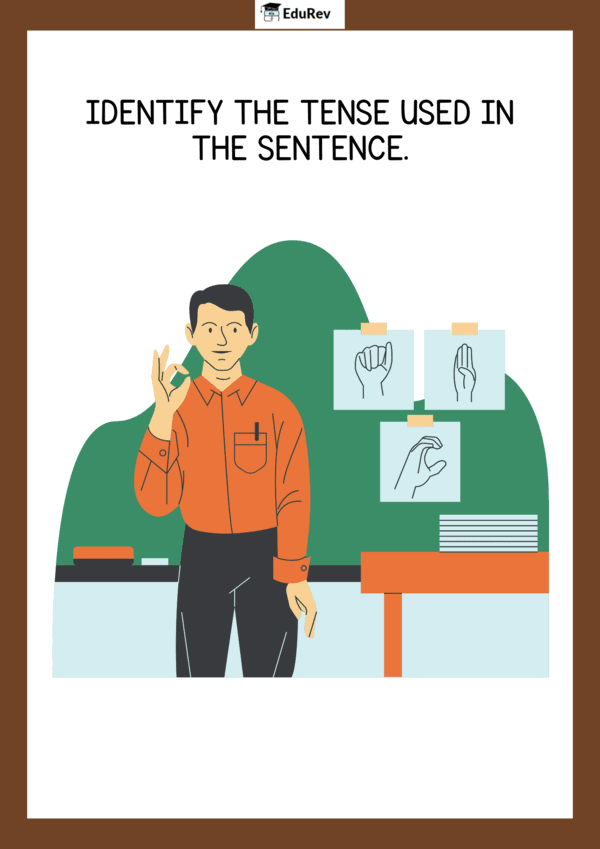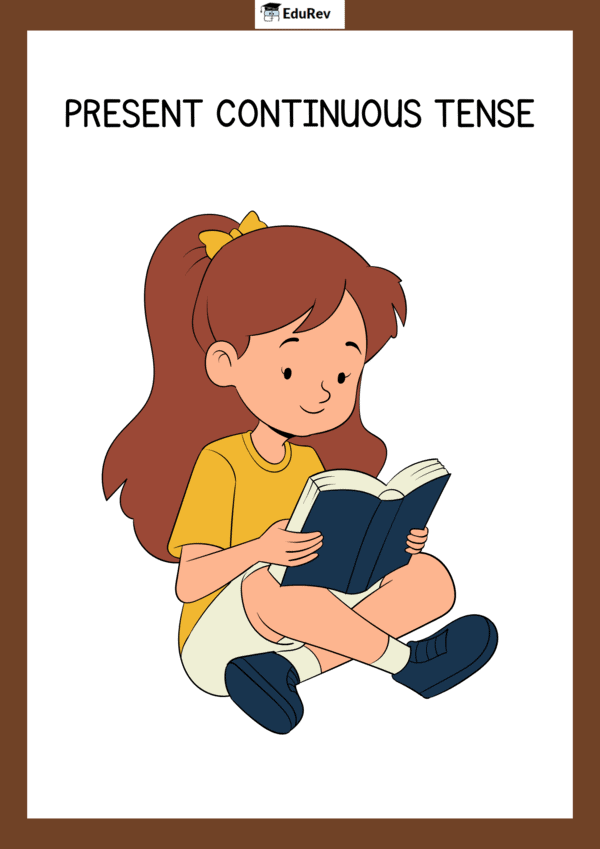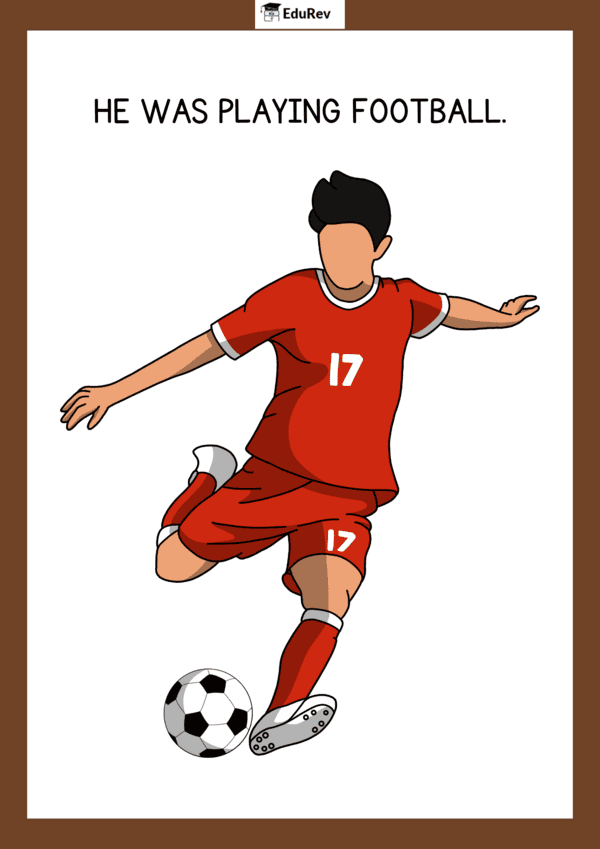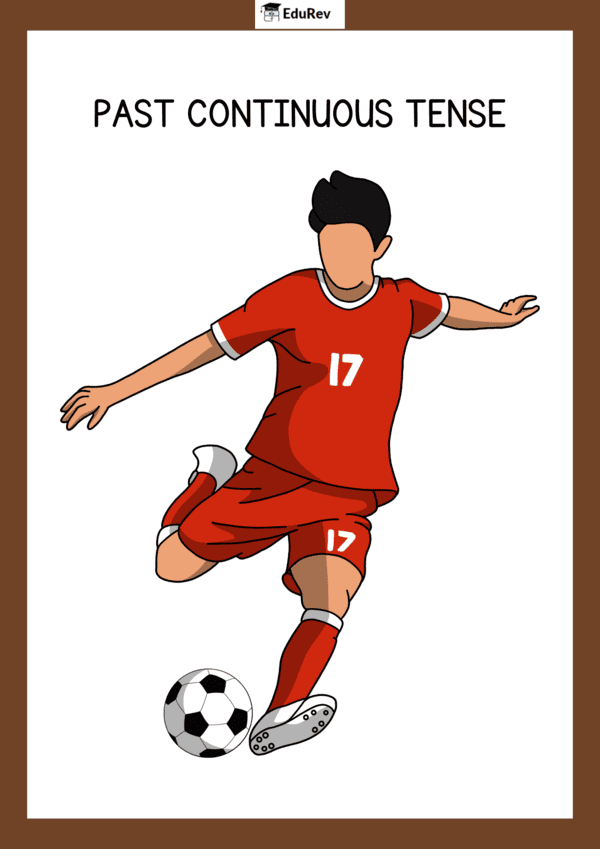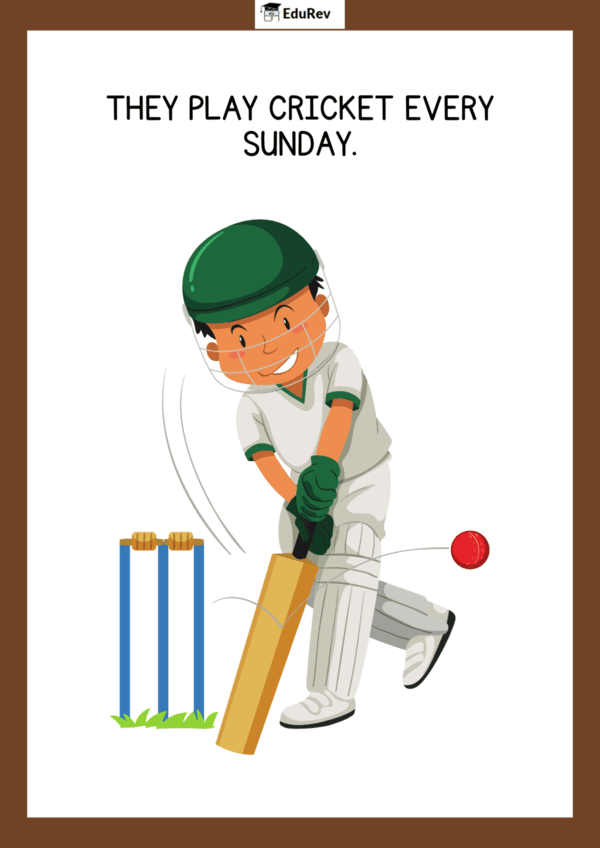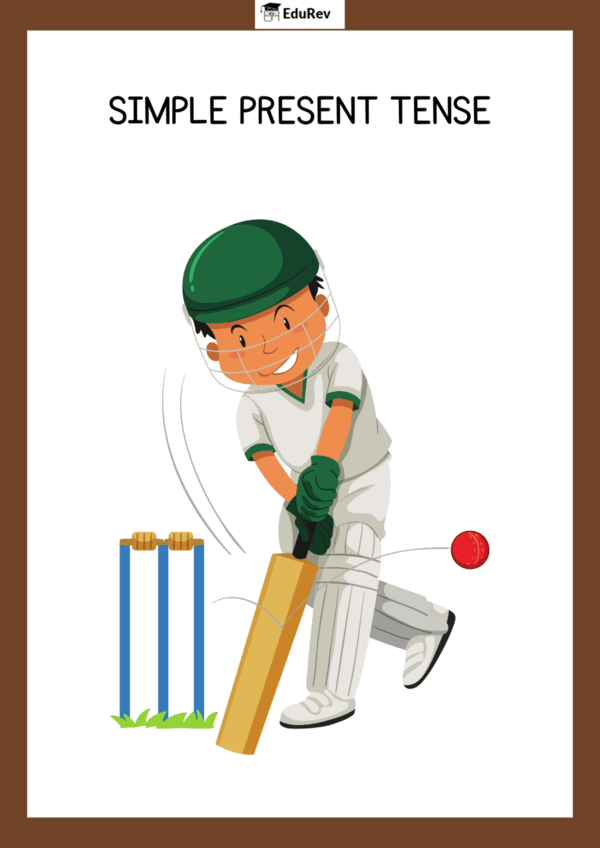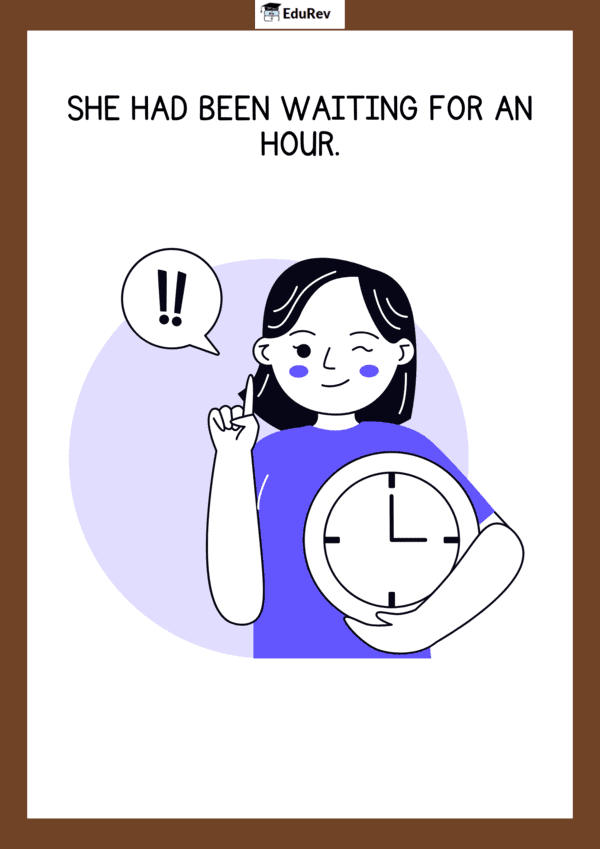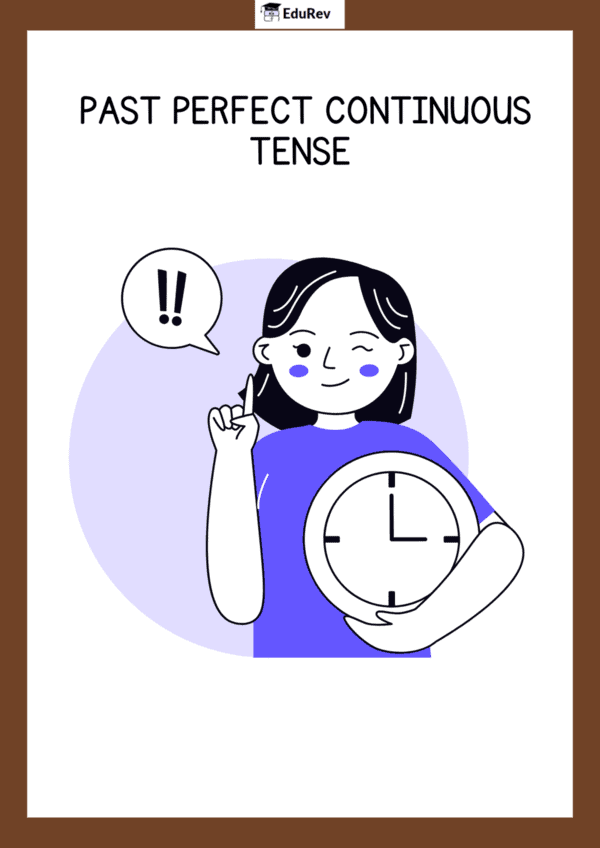 Unlock all Flashcards with EduRev Infinity Plan Starting from @ ₹99 only
|
Class 6 Exam > English Grammar for Class 6 > Flashcards: Tenses - 2
|
49 videos|349 docs|46 tests
|
FAQs on Flashcards: Tenses - 2 Flashcard - English Grammar for Class 6
| 1. What are the different types of tenses in English? |  |
Ans. In English, there are three main types of tenses: present, past, and future. Each of these can be further divided into simple, continuous (or progressive), perfect, and perfect continuous forms. For example, the present tense includes forms like "I eat" (simple), "I am eating" (continuous), "I have eaten" (perfect), and "I have been eating" (perfect continuous).
| 2. How do I use the present perfect tense correctly? |  |
Ans. The present perfect tense is used to describe actions that occurred at an unspecified time before now or actions that started in the past and continue to the present. It is formed using "has" or "have" plus the past participle of the verb. For example, "I have visited France" indicates that the visit happened at some point in the past, but the exact time is not important.
| 3. What is the difference between the past simple and the present perfect tense? |  |
Ans. The past simple tense is used to describe actions that were completed at a specific time in the past, while the present perfect tense relates to actions that have relevance to the present or have occurred at some indefinite time in the past. For example, "I visited France last year" (past simple) indicates a specific time, whereas "I have visited France" (present perfect) does not specify when.
| 4. Can you explain the future continuous tense and when to use it? |  |
Ans. The future continuous tense is used to describe actions that will be in progress at a specific point in the future. It is formed using "will be" followed by the verb in the -ing form. For example, "I will be studying at 8 PM tomorrow" indicates that the action of studying will be ongoing at that particular future time.
| 5. How do I form the passive voice in different tenses? |  |
Ans. To form the passive voice, you typically use a form of the verb "to be" followed by the past participle of the main verb. The structure varies with tenses: for example, in the present simple, "The book is read by her"; in the past simple, "The book was read by her"; and in the future simple, "The book will be read by her." Each form emphasizes the action being done rather than who is performing it.
Related Searches




